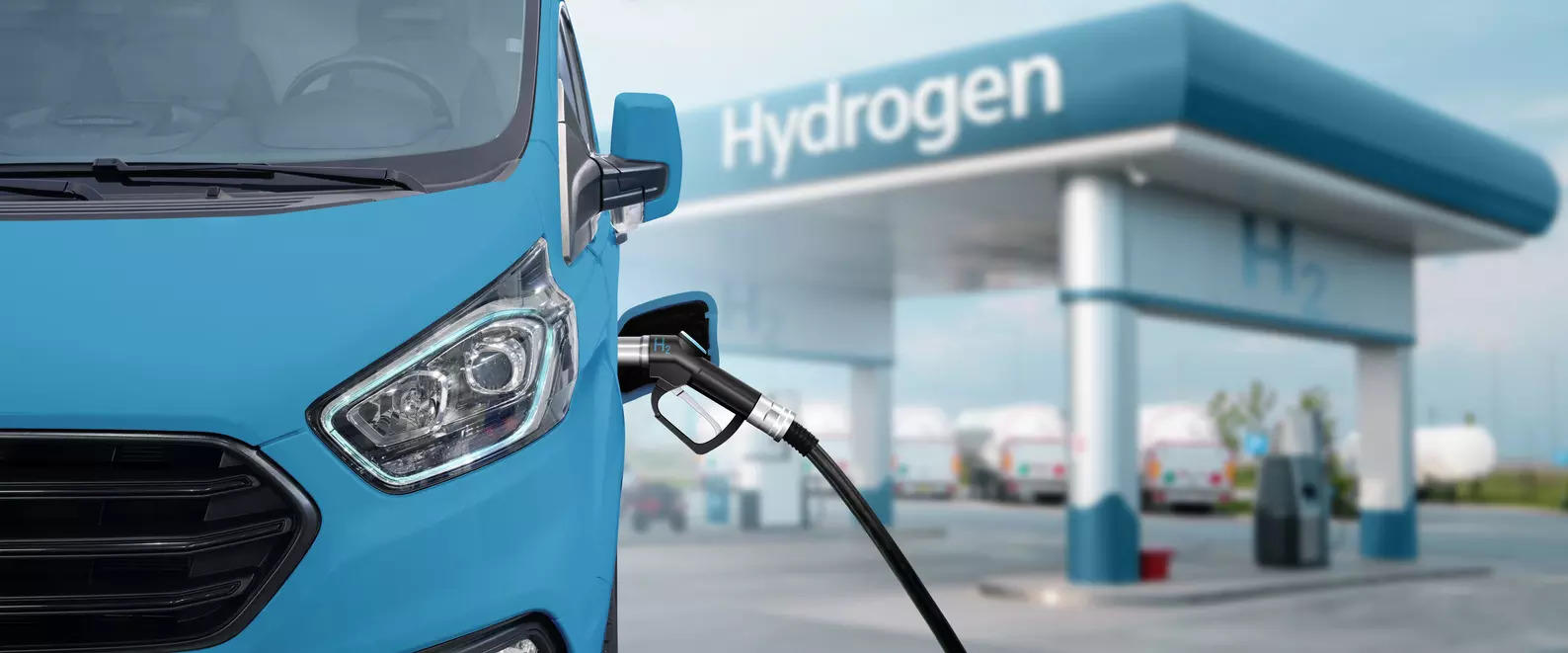
New Delhi: Global auto technology major, Bosch is eyeing India and China as their potential big market for its new hydrogen engine powertrain technology deployed in commercial vehicles. Bosch is currently demonstrating multiple technologies in the commercial vehicle segment at IAA Transportation 2024.
India and China both have a great potential to utilise this new green hydrogen powertrain technology, believes Andreas Dempf, Head of sales and customers for the Mobility Solutions business sector, Bosch. In India ample green hydrogen is available that can boost this new technology, he added. In India, the first test vehicles with hydrogen engines are on the road for which Bosch supplies multiple components. These include injection systems, sensors, tank valves, control units, and software – all crucial components for hydrogen propulsion.

Bosch is currently working on multiple powertrains and is demonstrating its new technologies such as hydrogen engines, electric vehicles, driver assistance systems, and better infrastructure solutions in IAA Transportation 2024. Among which hydrogen powertrain engine technology is what the company bets on, said Dempf.
Bosch bet on hydrogen technology
“Bosch is currently working on two hydrogen engine technologies; fuel injection hydrogen engine system and direct injection system,” Dempf told ETAuto.
The company is planning to provide multiple options (different technologies) for a user to choose the most efficient one for their CVs, says Dempf.
Hydrogen engine technology provides an opportunity to reuse the existing components, aiding in cost reduction of the components used in the vehicles making it more accessible. “For adopting hydrogen technology, a lot of components used are already existing. You have some minor adjustments and of course, it’s then a good interplay,” stated the Head of sales and customers for Mobility Solutions.
Bosch on India’s infrastructure for new technologies
To build a good hydrogen engine infrastructure certain things are prerequisites, stated Dempf. Explaining further he said, the first is the availability of good hydrogen (green hydrogen for India) combined with a good production network. Second is the distribution (infrastructure) and deployment (availability) of the technology such as filing stations across the country.
However, the company believes by 2030 it can be observed on Indian roads with adequate support from the government of India (GoI).
Talking about another powertrain technology electric vehicles, Dempf believes “In this competitive Indian market, not only is the charging network necessary but also the cost of the system has to be competitive..In India, you can scale only if you are cost competitive against the existing systems today.”
However, when asked about the company’s growth plans in deploying this new technology in India, he states, “Maybe it’s too early to say because also the cost of the tank and filling system is still in the making.”
Electric or hydrogen-fuelled commercial vehicles
“I think electrification is a challenge when you see the preconditions you are having in India…I think the hydrogen engine is a good opportunity,” stated Dempf. Though the future conditions might bring a different outlook of the same he added.
The company supports hydrogen technology not only in its vehicles but also in promoting it through the production of hydrogen, filling the tank systems with sub-components, and many more.
On parallel lines, the company has also worked on electric commercial vehicles which they have demonstrated in the IAA Transportation 2024. However, when talking about bringing this technology to India, Dempf stated, “ We are not in India ready with a complete set of portfolio which fits the Indian market in electrification because this is also relatively new.” As the country is cost-conscious, thus it demands the right products at a cost-effective price.
Bosch’s strategy
The company by 2030 targets to materialise multiple powertrain systems with new and efficient powertrain system solutions for this new developing architecture. This will provide connectivity in the commercial vehicles offering new functionality at a reasonable price. This connectivity will be driven by driver’s safety through driver assistant safety technology.

















